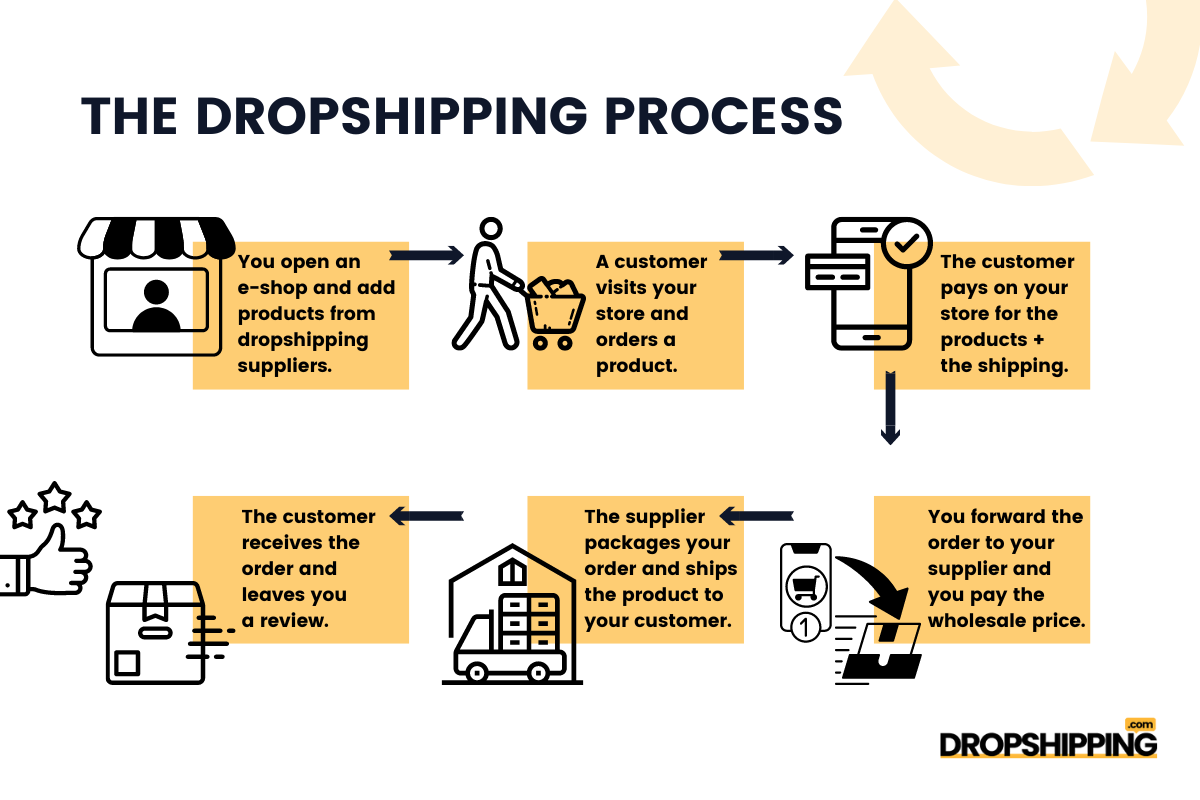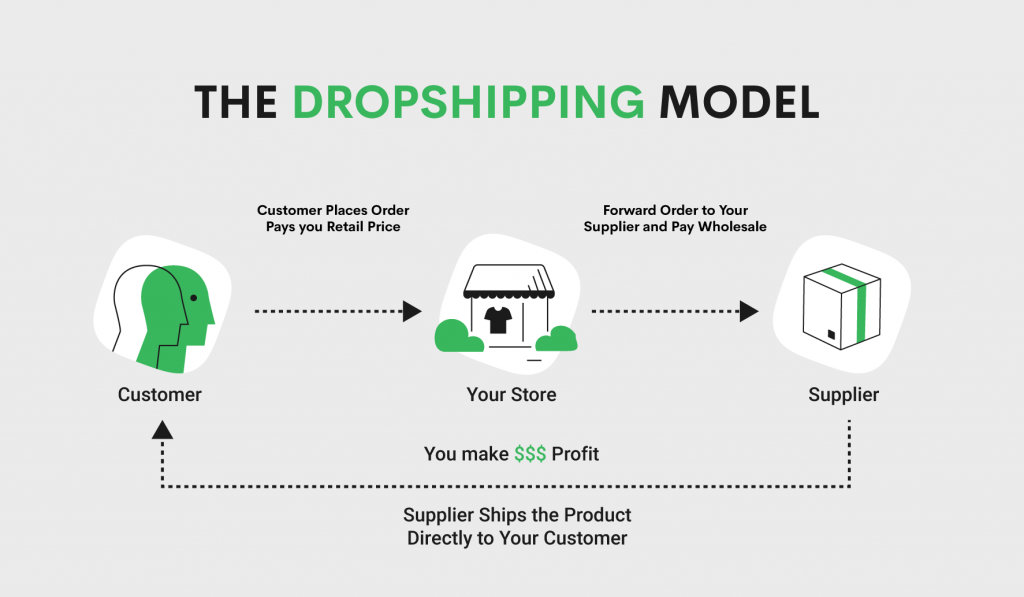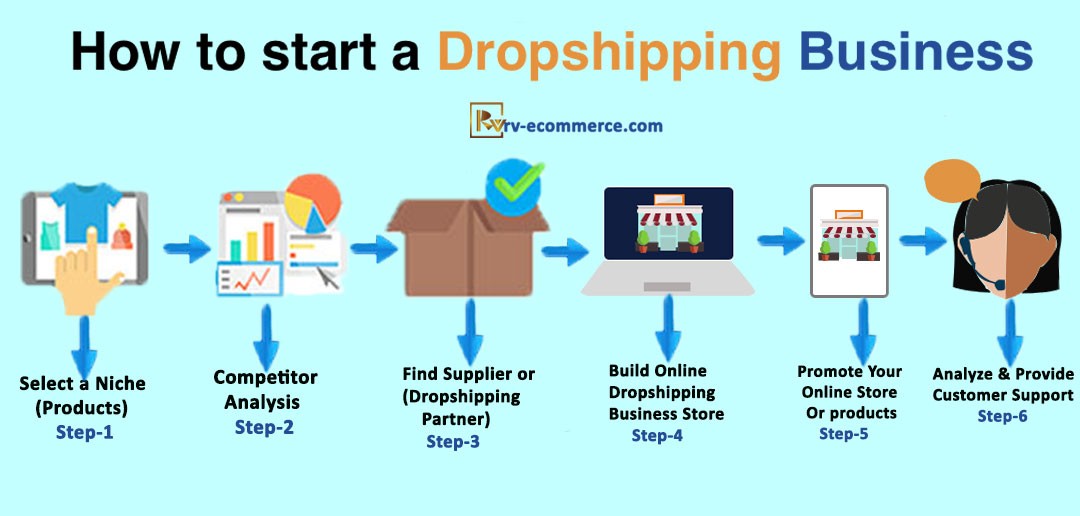Are you looking to venture into the world of e-commerce through dropshipping but unsure about the best approach to take? In “The Ultimate Guide to Choosing the Best Dropshipping Business Model,” we delve deep into the intricacies of various models available to help you make an informed decision. From understanding different dropshipping models to identifying your niche market and finding reliable suppliers, this guide covers it all. By the end of this article, you will have the knowledge and tools to assess growth potential and set yourself up for success in the competitive e-commerce landscape.
In today’s dynamic e-commerce landscape, choosing the best dropshipping business model is crucial for sustainable success. Whether you are a seasoned entrepreneur or a newcomer to the online business world, the right business model can make all the difference. This comprehensive guide explores key factors such as scalability, target market analysis, supplier selection, and growth projections. With practical insights and expert advice, you will be equipped to navigate the complexities of the e-commerce market and maximize your profitability. Get ready to dive deep into the world of dropshipping and unlock the secrets to building a thriving online business.
In-Depth Exploration of Choosing the Best Dropshipping Business Model
Understanding Different Dropshipping Models
Delve into the intricacies of various dropshipping models such as single vendor, manufacturer, and multiple vendors. Each model offers unique benefits and challenges, influencing factors like control over products, pricing flexibility, and supplier relationships. Understanding these models helps in making informed decisions tailored to your business goals.
Identifying Your Target Market and Niche Selection
Conduct thorough market research to pinpoint your ideal customer base and their needs. Select a niche that resonates with your audience, balancing between demand, competition, and profitability. Align your products with market trends and consumer preferences to establish a strong brand identity and loyal customer base.
Selecting Reliable Suppliers for Quality Products
Find suppliers who not only offer high-quality products but also maintain consistent and reliable shipping processes. Evaluate suppliers based on product quality, pricing, shipping times, and customer service. Building strong relationships with trusted suppliers ensures smooth operations and customer satisfaction, crucial for long-term success.
Evaluating Scalability and Growth Potential
Assess the scalability of each dropshipping model by considering factors like profit margins, order volume, and expansion opportunities. Look for models that can accommodate growth without compromising quality or customer service. Analyze market trends and projections to forecast long-term viability and sustainability for your dropshipping business.
By following these key insights and strategies in selecting the best dropshipping business model, you can set a solid foundation for your e-commerce venture. Understanding the nuances of different models, aligning with your target market, partnering with reliable suppliers, and evaluating growth potential are vital steps to thrive in the competitive e-commerce landscape. Empower yourself with knowledge and make informed decisions to succeed in dropshipping.

Exploring the Contrasts: Dropshipping vs. Traditional Retail
In the realm of e-commerce, the competition between dropshipping and traditional retail models is fierce. Dropshipping flourishes with lower overhead costs, offering flexibility and reduced inventory risks that traditional retail often struggles to match. The agility of dropshipping allows entrepreneurs to test new products and markets swiftly, adapting to trends with ease. However, building strong supplier relationships and ensuring quality control are paramount in dropshipping.
Dropshipping’s allure lies in its scalability and accessibility, but it’s not without hurdles. While the model offers minimal upfront costs and simplifies inventory management, the saturated market presents intense competition. Additionally, reliance on third-party suppliers can lead to shipping delays and quality control issues. Effective mitigation strategies for these challenges include thorough supplier vetting and proactive communication with customers to manage expectations and build trust.

Strategies for Building a Strong Dropshipping Brand
Crafting a Unique Brand Identity:
Building a strong dropshipping brand starts with creating a unique identity that speaks to your target audience. Define your brand values, mission, and vision to differentiate yourself in the market. Incorporate these elements into your logo, website design, and product offerings to build brand recognition and loyalty.
Consistent Brand Messaging:
Consistency is key in establishing brand trust and recognition. Ensure that your brand message is cohesive across all marketing platforms, including social media, email campaigns, and website content. By maintaining a consistent tone and voice, you can reinforce your brand image and resonate with your customers effectively.
Leveraging Digital Marketing Channels:
Utilize social media platforms, email marketing campaigns, and engaging content creation to enhance brand visibility and reach a wider audience. Create compelling, shareable content that aligns with your brand values to attract and retain customers. Engage with your audience authentically to build a loyal customer base.
Prioritizing Exceptional Customer Service:
Customer service is a cornerstone of a successful dropshipping business. Establish efficient communication channels, address customer queries promptly, and provide personalized support. By prioritizing customer satisfaction, you can build trust, foster loyalty, and cultivate a positive brand reputation. Happy customers are likely to become repeat buyers and brand advocates.

Enhancing Website Conversion Rates for Your Dropshipping Business Model
When optimizing your dropshipping website for conversions, creating a user-friendly interface is key. Simplify navigation, ensure fast loading speeds, and maintain a visually appealing design to engage visitors effectively. A seamless browsing experience can significantly impact conversion rates and customer retention.
Clear and compelling product descriptions paired with high-quality images are essential for boosting conversions. Customers rely on these details to make informed purchasing decisions. Incorporate persuasive call-to-action buttons strategically throughout your website to guide visitors towards making a purchase, enhancing conversion opportunities.
Harness the power of search engine optimization (SEO) techniques to increase your website’s visibility and attract organic traffic. By optimizing your site’s content, meta tags, and relevant keywords, you can improve search engine rankings, drive more qualified leads to your site, and ultimately, boost conversions for your dropshipping business model.
Streamline your checkout process to minimize friction and enhance user experience. Offer secure payment options and multiple payment gateways to cater to diverse customer preferences. Reduce steps in the checkout process, implement guest checkout options, and provide clear instructions to facilitate quick and hassle-free transactions, ultimately increasing conversion rates for your dropshipping business model.

Mastering Marketing Strategies for Dropshipping Success
Leveraging Social Media Advertising
Social media advertising is a powerful tool to reach your target audience efficiently. Platforms like Facebook, Instagram, and Twitter offer advanced targeting options to tailor your ads to specific demographics, interests, and behaviors. By analyzing data and refining your approach, you can optimize ad performance and drive traffic to your dropshipping website effectively.
Utilizing Influencer Marketing for Credibility
Influencer marketing is a game-changer in building credibility and boosting sales. Collaborating with influencers whose values align with your brand can significantly impact consumer trust and brand awareness. Leveraging influencer partnerships to showcase your products authentically can attract your target audience and drive conversions for your dropshipping business model.
Implementing Email Marketing Campaigns for Lead Nurturing
Email marketing remains a cornerstone in nurturing leads and promoting products in the dropshipping industry. By creating personalized and engaging email campaigns, you can establish strong relationships with your customers. Segmented email lists, targeted content, and automated workflows can drive repeat purchases and increase customer loyalty for your dropshipping venture.
Running Targeted Ads on Search Engines and Display Networks
Running targeted ads on search engines like Google and display networks can enhance your dropshipping business’s visibility and drive traffic. By utilizing relevant keywords, compelling ad copy, and strategic bidding, you can attract potential customers actively searching for products. This targeted approach can lead to higher conversion rates and increased sales for your dropshipping business model.

Navigating Common Challenges in Dropshipping Business Model
Overcoming Shipping Delays and Product Quality Issues
Shipping delays and product quality issues can tarnish your dropshipping business model’s reputation. To mitigate this, work closely with reliable suppliers, monitor shipping times rigorously, and communicate transparently with customers. Implement quality control measures, and consider diversifying suppliers to ensure consistency and reliability in your product offerings.
Minimizing Inventory Risks and Optimizing Cash Flow
In dropshipping, inventory risks are transferred to suppliers, but cash flow management remains crucial. Utilize demand forecasting tools to predict popular products, optimize inventory levels, and prevent stockouts. Negotiate favorable payment terms with suppliers to maintain healthy cash flow and ensure timely order fulfillment without straining your finances.
Handling Customer Disputes and Negative Reviews
Customer disputes and negative reviews are inevitable in any business. Address them promptly with empathy and professionalism. Offer solutions such as refunds, replacements, or discounts to resolve issues amicably. Proactively engage with customers to prevent conflicts, and leverage feedback to improve processes and enhance customer satisfaction.
Embracing Continuous Learning and Adaptation
Success in dropshipping requires a mindset of constant learning and adaptation. Stay updated on industry trends, technology advancements, and consumer preferences. Test new strategies, explore innovative tools, and seek mentorship to refine your business model continuously. Flexibility and agility are key in overcoming challenges and staying ahead in the competitive dropshipping landscape.


